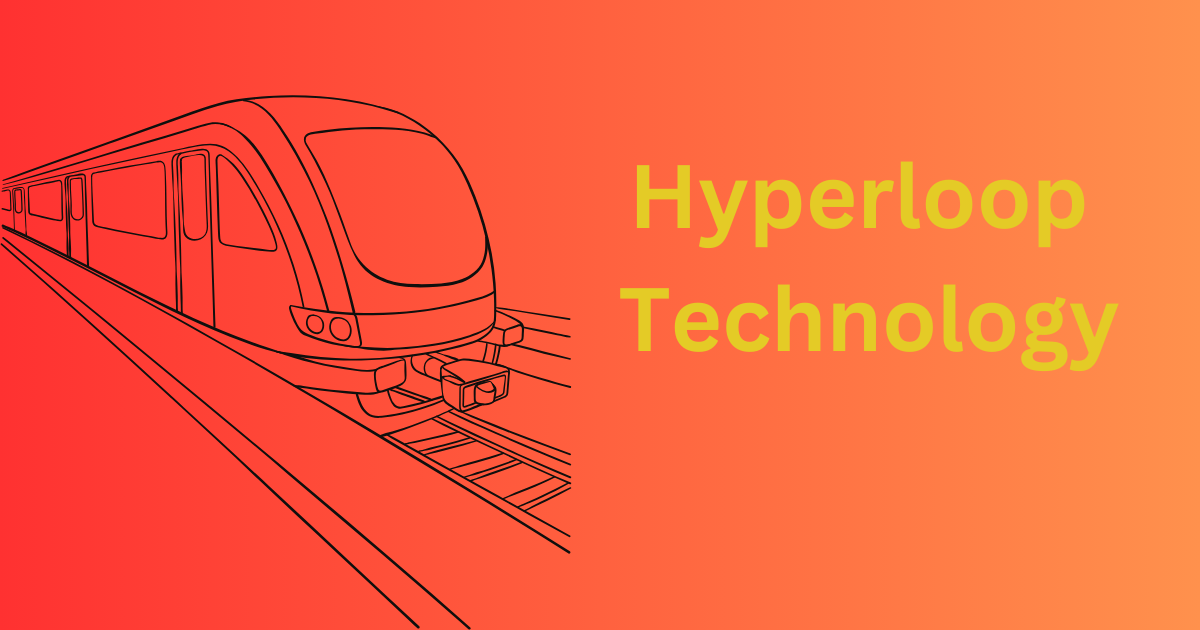The future of Hyperloop technology holds significant promise, but it also faces several challenges and uncertainties. Here are some potential directions and considerations for the future of Hyperloop:
-
Commercial Deployment: One key aspect of the future of Hyperloop is the successful commercial deployment of operational systems. Several companies and consortia are actively working on developing Hyperloop technology and conducting feasibility studies, prototype testing, and regulatory approvals. The successful implementation of commercial Hyperloop systems will depend on overcoming technical, regulatory, financial, and logistical challenges.
-
Scaling Up: As Hyperloop technology advances, there will be efforts to scale up systems to longer distances, higher speeds, and larger capacities. This may involve designing and constructing longer tube networks, optimizing propulsion and levitation systems, and ensuring the safety and reliability of high speed travel over extended distances.
-
Integration with Existing Infrastructure: The future of Hyperloop technology may involve integrating Hyperloop networks with existing transportation infrastructure, such as airports, train stations, ports, and urban transit systems. This could create seamless multimodal transportation networks that offer passengers and cargo a range of connectivity options for both short and long-distance travel.
-
Global Expansion: Hyperloop technology has the potential to revolutionize transportation not only within individual countries but also on a global scale. Future developments may involve the construction of transnational Hyperloop networks that connect cities and regions across international borders, facilitating faster, more efficient, and more sustainable global transportation and trade.
-
Technological Advancements: Continued research and development in areas such as materials science, propulsion systems, energy storage, automation, and artificial intelligence will drive technological advancements in Hyperloop technology. These advancements may lead to improvements in speed, efficiency, safety, and passenger comfort, as well as reductions in construction costs and environmental impact.
-
Regulatory and Policy Frameworks: The future of Hyperloop technology will be shaped by regulatory and policy frameworks at the local, national, and international levels. Governments and regulatory authorities will need to establish standards, guidelines, and licensing requirements for the design, construction, operation, and maintenance of Hyperloop systems, ensuring safety, security, and interoperability while fostering innovation and competition.
-
Social and Economic Impacts: The widespread adoption of Hyperloop technology could have significant social and economic impacts, including changes in travel patterns, urban development, land use, employment, and industry dynamics. Future research and planning efforts will need to consider these impacts and develop strategies to maximize the benefits and mitigate potential drawbacks of Hyperloop technology.
Overall, the future of Hyperloop technology holds great potential to revolutionize transportation and reshape the way people and goods are moved around the world. However, realizing this potential will require collaboration and coordination among governments, industries, academia, and other stakeholders to address the technical, regulatory, economic, and societal challenge s ahead.
What is Business Loan /How to get Business Loan? and Types of Business Loan.
How to get Commercial vehicle Loan?
